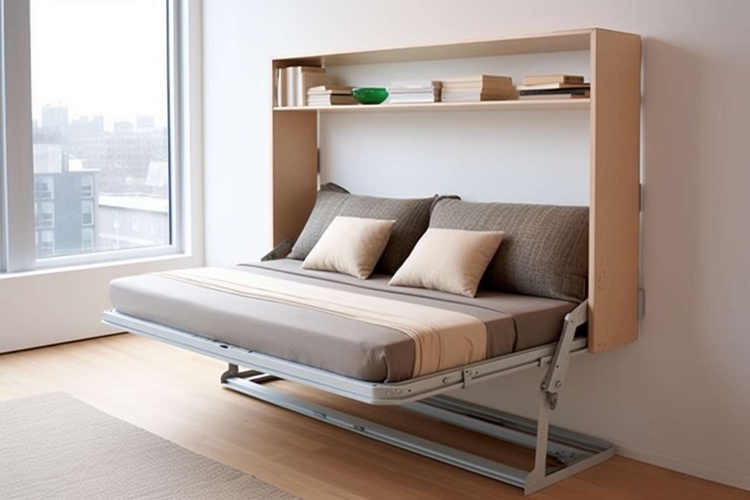Micro-Apartments: The Future of Urban Living?
Introduction: In the heart of bustling metropolises, a new trend is reshaping the landscape of urban real estate: micro-apartments. These compact living spaces, typically ranging from 200 to 400 square feet, are gaining traction as a solution to housing shortages and skyrocketing rents. With 54% of the world's population now residing in urban areas, the demand for affordable, centrally-located housing has never been higher. This article delves into the world of micro-apartments, exploring their potential to revolutionize city living.

The surge in popularity of micro-apartments can be attributed to several factors. Urbanization, changing demographics, and a shift in lifestyle preferences have all contributed to the growing demand for these compact living spaces. Millennials and young professionals, in particular, are drawn to the idea of living in prime locations without the burden of excessive space or high rent.
The Economics of Small-Scale Living
From a financial perspective, micro-apartments offer a unique proposition in the real estate market. For developers, these units allow for higher density construction, potentially increasing profitability per square foot. In cities with high land costs, micro-apartments can make development projects more feasible and attractive to investors.
For renters and buyers, micro-apartments present an opportunity to live in desirable urban areas at a fraction of the cost of traditional apartments. While the price per square foot may be higher, the overall monthly expenses are often lower due to reduced utility costs and minimal furnishing needs. This affordability factor is particularly appealing in cities where housing costs have outpaced wage growth.
Design Innovations in Micro Living
The success of micro-apartments hinges on innovative design solutions that make small spaces feel larger and more functional. Architects and interior designers are pushing the boundaries of creativity to maximize livability in minimal square footage. Some common features include:
-
Murphy beds that fold into walls
-
Convertible furniture that serves multiple purposes
-
Floor-to-ceiling windows to create a sense of openness
-
High ceilings to add volume
-
Built-in storage solutions that utilize every nook and cranny
These design elements not only make micro-apartments more livable but also contribute to their aesthetic appeal, often giving them a modern, minimalist feel that resonates with young urban dwellers.
The Impact on Urban Planning and Development
The proliferation of micro-apartments is having a significant impact on urban planning and development strategies. City planners and policymakers are grappling with how to integrate these units into existing zoning laws and building codes. Some cities have embraced the trend, adjusting regulations to accommodate smaller living spaces, while others have approached it with caution, concerned about potential negative impacts on quality of life and community dynamics.
Proponents argue that micro-apartments can help alleviate housing shortages and reduce urban sprawl by increasing density in city centers. Critics, however, warn of the potential for overcrowding and the creation of transient communities if not properly regulated.
Challenges and Considerations
While micro-apartments offer many benefits, they are not without challenges. One of the primary concerns is the potential impact on mental health and well-being. Living in such confined spaces can lead to feelings of claustrophobia and isolation, particularly for those used to more spacious accommodations.
There are also questions about the long-term viability of micro-apartments. As residents age or start families, their space needs may change, potentially leading to high turnover rates in these units. Additionally, there are concerns about the resale value of micro-apartments and their ability to appreciate over time compared to traditional housing options.
The Future Outlook
Despite these challenges, the trend towards micro-apartments shows no signs of slowing down. As urban populations continue to grow and housing affordability remains a pressing issue, these compact living spaces are likely to become an increasingly important part of the housing mix in major cities.
Looking ahead, we can expect to see further innovations in micro-apartment design and technology. Smart home features, modular construction techniques, and community-oriented amenities may help address some of the current limitations of micro-living.
The success of micro-apartments will ultimately depend on striking the right balance between affordability, livability, and community integration. As this housing typology evolves, it has the potential to reshape urban landscapes and redefine what it means to live in the heart of the city.




